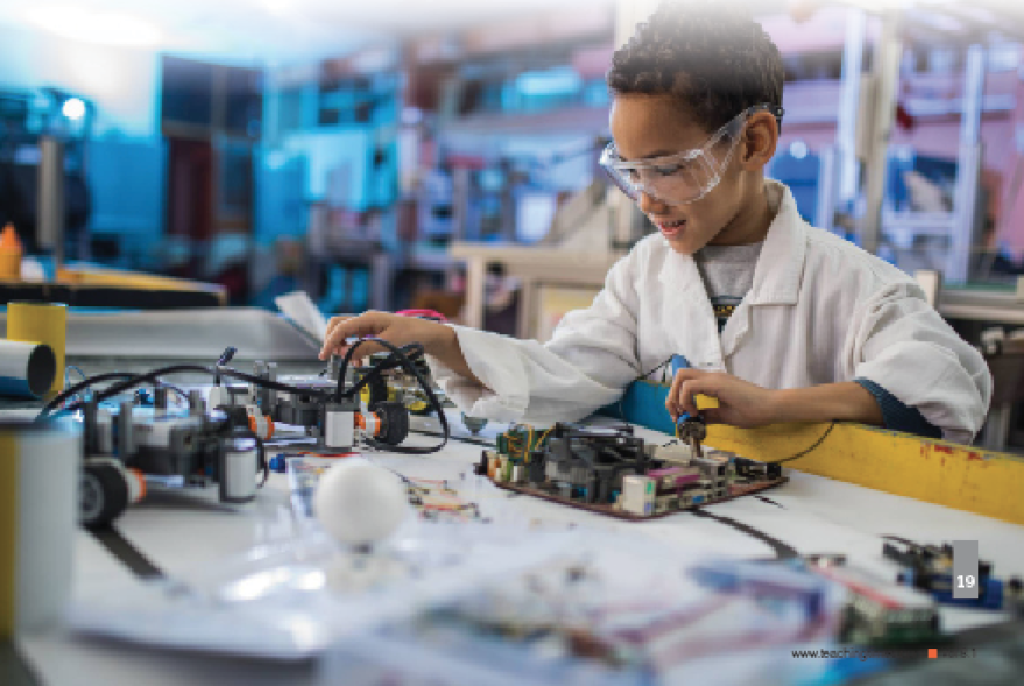
Our society is becoming increasingly dependent on science, technology, engineering and maths (STEM). From climate change to our reliance on the latest technologies, we are undeniably living in a world that is dominated by STEM-based issues and is destined to grow ever more so. As such, it is not a leap to suggest that those who build a solid foundation in STEM subjects and learning throughout their studies will not only be more employable in the future, but in fact more equipped for the future in general.
Unfortunately, there is a significant attainment gap between young people from more advantaged backgrounds compared to disadvantaged backgrounds when it comes to STEM subjects. In recent years this attainment gap has consistently been around 20 per cent. There is also a noticeable divide between those that elect to take STEM subjects on at a higher level – with young people from disadvantaged backgrounds being less likely to choose science either at sixth form or at degree stage.
This is in part due to young people’s perceptions and attitudes towards science. Many young people regard STEM topics as more academic and therefore harder to achieve in compared to other subjects. There is also significant evidence to suggest that although young people see the benefits of studying science at a higher level, many don’t believe they are able to or capable of continuing with STEM. Arguably, this is also in large part to do with the lack of diverse role models within the STEM industry. The lack of representation further creates a barrier to aspiration within the sector. It is understandably harder for young people to envision themselves in these career paths when they do not see people like themselves in these roles.
It is critical that students of all backgrounds and all abilities are engaged with STEM subjects, given the large role it will play in both their personal and professional lives. Therefore, the question arises, how do we change the current attitudes and disparities within STEM learning and create opportunities that benefit all young people – not just those who will go on to have a career in science?
At the British Science Association (BSA), we believe that the experiences that young people have at school need to go beyond curriculum-based learning. School learning should be geared towards equipping all young people with the skills and knowledge necessary for a fulfilled life after school – and science should be a part of that experience. It is unlikely that all young people will want to pursue a career in STEM; balance will always be key and we do not want to lose the diversity of interests and career paths that students take. However, the proven benefits of being offered the opportunity to think and behave like a scientist and engineer whilst at school are undoubtable.

The BSA’s flagship education programme, the CREST Awards, has this principal at its core. By participating in a project-based learning (PBL) programme, students’ engagement in STEM is boosted, while developing their teamwork, communication and project management skills. PBL encourages interdisciplinary and student-led learning, allowing for students to personalise their own projects so that they can feel greater ownership over the learning process.